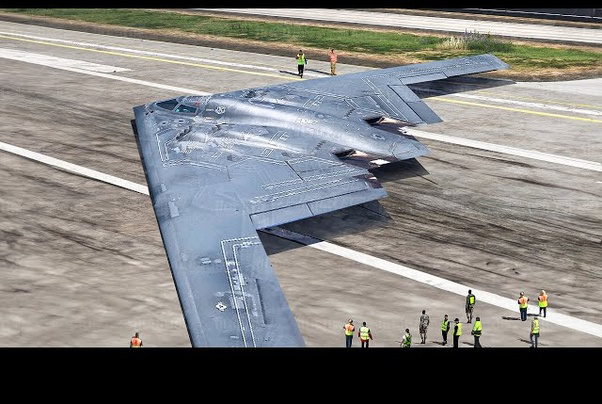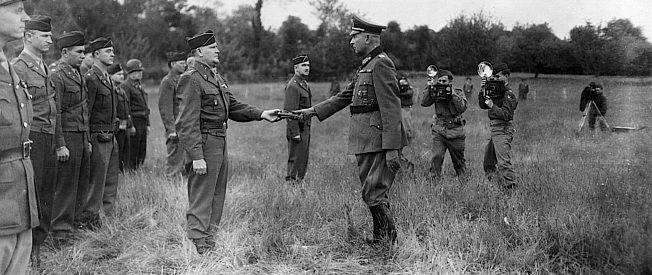

Can a B-2 fly over Russia and China without being detected?
Can a B-2 fly over Russia and China without being detected? The B-2 Spirit is among the most advanced stealth bombers in the world, designed with features that make it difficult to detect by radar. Its stealth capabilities allow it to evade detection by many radar systems, but flying undetected over Russia or China presents challenges:
Advanced Radar Networks:
Both Russia and China have sophisticated radar networks that include Over-the-Horizon (OTH) radar, which can detect aircraft at long ranges, even if they have stealth capabilities. Stealth aircraft are optimized against certain radar frequencies (like X-band), but newer radars operate in lower frequency bands (like VHF or UHF), which can make stealth less effective.
Integrated Air Defense Systems (IADS):
Both countries have dense and integrated air defense systems (like Russia’s S-400 and S-500), which use multiple radar types and track targets across different bands. These systems are specifically designed to detect and counter stealth aircraft.
Satellite Surveillance:
Russia and China maintain satellite networks for surveillance, which can track objects that aren’t easily detectable by radar alone. Infrared sensors on satellites, for instance, can potentially detect the heat signature of a B-2.
Flight Planning:
To operate effectively over areas with advanced air defenses, a B-2 would have to fly at specific altitudes and trajectories that minimize exposure to radar and detection systems. Although it could likely evade many ground-based defenses, the margin for error is small, and detection is possible.
In short, while a B-2 might avoid detection by certain radar types and defenses, flying undetected over Russia or China is far from guaranteed.




